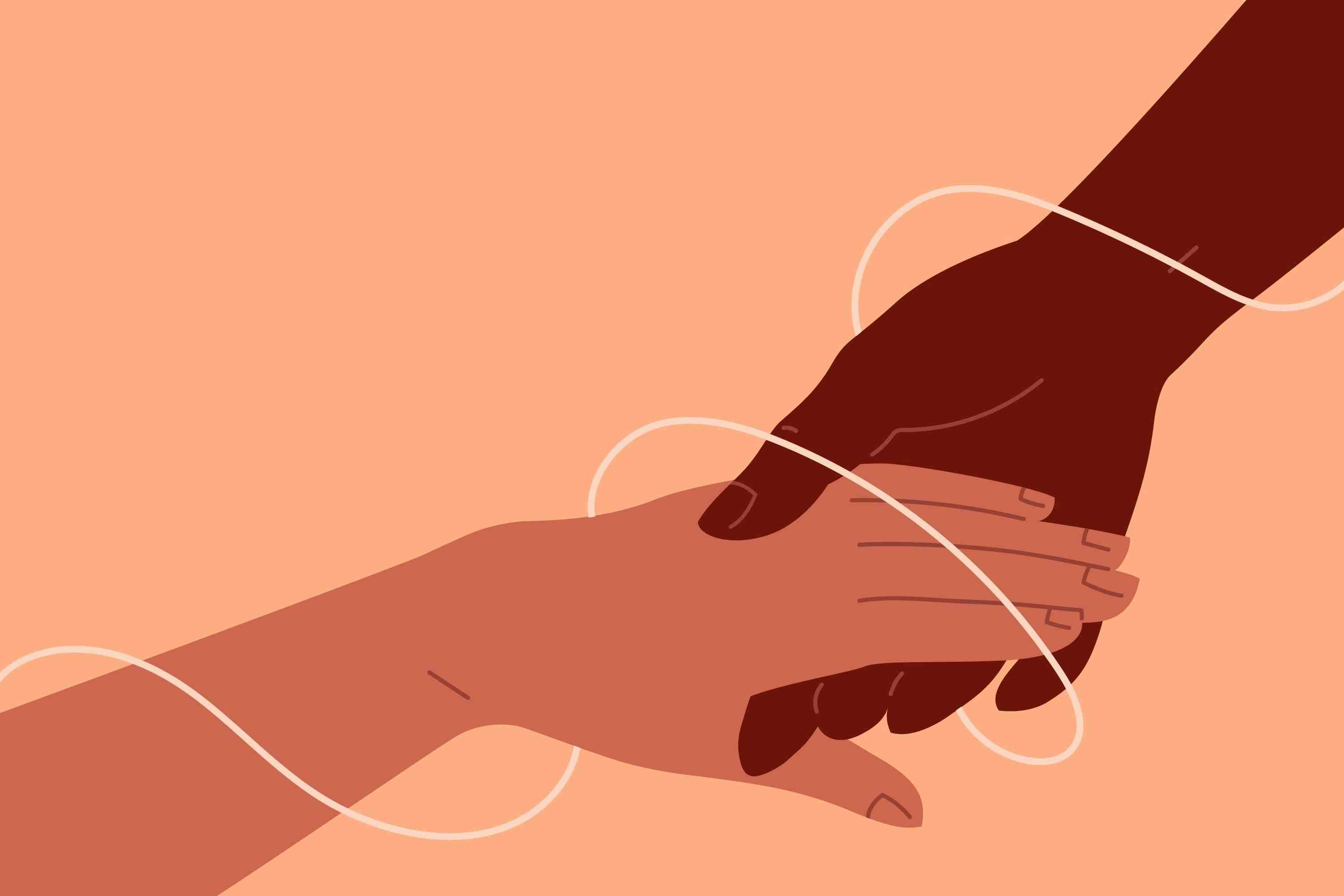Publication
Article
Psychiatric Times
Tragic Trends in the Treatment of Addictive Illness
Author(s):
Why do so many die as a consequence of addiction? Sadly-and in some cases disastrously-affected individuals are never offered alternative approaches after one option fails. More in this commentary.
[[{"type":"media","view_mode":"media_crop","fid":"23436","attributes":{"alt":"","class":"media-image media-image-right","id":"media_crop_4626438095575","media_crop_h":"0","media_crop_image_style":"-1","media_crop_instance":"1846","media_crop_rotate":"0","media_crop_scale_h":"0","media_crop_scale_w":"0","media_crop_w":"0","media_crop_x":"0","media_crop_y":"0","style":"margin: 4px; float: right;","title":" ","typeof":"foaf:Image"}}]]Why do so many die as a consequence of addiction? Is it in the inexorable, “progressive” nature of the disease? Or might it be the result of entrenched treatment approaches that repeatedly and increasingly become misaligned with the needs of individuals suffering from addictive disorders? For example, some need, and don’t get:
• Safety, structure, and support
• Medications for symptom reduction and control
• Nurturance and comfort
• The company and “fellowship” of others
• Storytelling and group sharing to understand their “errant” ways
The list goes on, and every clinician could add what else might be needed or beneficial to address and provide for those suffering from addictive disorders.
There continues to be a need for professionals who treat addiction, as well as all health care providers, to continue to fine tune approaches that work best and to avoid approaches that are exclusive or doctrinaire.
I write this piece to reach an audience of those who suffer with addictive illness, those who witness it as caring friends and family, and to all clinicians who treat it. I do so to counter attitudes of stigma that diminish empathic concerns for the fate of addicted individuals, and attitudes of therapeutic despair that addictive disorders can engender. And finally, I write it to foster awareness of a problem in the addiction field, where parochial attitudes and practice can be harmful for individuals in need of treatment.
At any given time, we learn of the death of one more celebrity as the media blazons us with such tragic and unwelcome news, a most recent example being the death of Philip Seymour Hoffman. Their achievements and promise, and for some celebrities their notoriety, and the magnitude of such loss, bring us up short. We wonder what addiction is and why it results in deadly consequences. We are left to worry whether it could have been prevented. Celebrity status succeeds in drawing media attention to the scourge of addiction, but we must not forget the countless incidents throughout society, among the rich or poor, gifted or ordinary, and promising or stuck individuals who unheralded and ignominiously suffer the same fate.
Clearly effective models and approaches for understanding and treating addictive illness exist. These include 12-step programs, relapse prevention, cognitive behavioral approaches, harm reduction therapy, motivational interviewing, medications, and dialectical behavioral therapy. In my clinical experience, modified psychodynamic individual and group treatments are also extremely effective in addressing and resolving the emotional and behavioral problems that drive addictive disorders. Shedler1 has documented robust evidence that supports the efficacy of psychodynamic psychotherapy [See: PDF]. Few empirical studies show such approaches work for addicted populations, but Shedler’s findings apply to treatment of addictive disorders, in my experience. Such application needs further empirical study.
One of the problems in treating addictive disorders is polemics. The debates and controversies go on and date back a half century: Is addiction a disease or a symptom? Do psychiatric disorders cause addiction or is it the other way around? Is it environment or heredity? That debates are rancorous and often bitter is bad enough, but worse, they play out tragically in treatment when adherents of one approach or another rigidly apply a particular model alone to the exclusion of others.
Sadly-and in some cases disastrously-affected individuals are never offered alternative approaches after one option fails. Too often in my own practice, a patient is referred for consultation by a psychotherapist who has adopted a symptom approach alone, trying to get to root causes of drug and alcohol abuse without considering first the need to get the addictive behavior under control; or on the other hand, the patient who has tried and failed 12-step work for decades is told that he or she hasn’t bottomed out or “doesn’t want” sobriety.
Having authored ideas and perspectives of my own that have received fairly wide recognition (positive and negative)-such as the self-medication hypothesis of addiction (SMH), addiction as a self-regulation disorder, and the psychodynamics of addiction-I have experienced the attack and sting of polemic criticism and outright dismissal of my work and ideas. One example I came upon dismissed the SMH as “dangerously false and misleading.”2 In another case, a doctoral candidate informed me that her Institutional Review Board (IRB) warned her that she should not refer to self-medication in studying a population of chronically relapsing heroin addicts because the IRB felt it was risky and could precipitate relapse.
Of course, I am not alone in feeling the bite of criticism from colleagues. It comes with the territory. However, when it comes to addiction, the issues involved too often hinge on life and death. Rigid adherence by practitioners can jeopardize the course of one’s addictive illness, including fatal consequences.
Recommendations
To treat effectively is to avoid the pitfall of approaches that derive from polemic and exclusive adherence to a particular treatment model. Instead, there is a need to combine and flexibly integrate elements of what we know works, whether it be 12-step treatment, individual or group psychotherapy, SMART recovery, medication-assisted treatments, and so on, in permutations and combinations acceptable to and compatible with our patients’ needs. And finally, in response to the 5 bullets about shortcomings in treatment I outlined at the beginning, I would offer some final reflections:
• The structure, connections, and support provided by 12-step programs are natural correctives for the risk and shambles entailed with addictions, and despite its unacceptability to some, clinicians should encourage patients to expose themselves to the Alcoholics Anonymous (AA) traditions to discover whether the advantages and benefits the program provides will suit them. When individuals reject AA, it should not necessarily be considered denial or resistance, and alternative approaches should be considered.
• Many patients need medication management for addiction and co-occurring psychiatric disorders, which fuels the need to self-medicate symptoms associated with these conditions (it is worth remembering that the highest co-occurrences with addiction are PTSD and bipolar disorder, conditions in which despair, rage, and agitation beg for amelioration and relief). Medication-assisted therapies, such as methadone and buprenorphine, should clearly be considered, especially when a range of psychosocial treatments are not working.
• Kindness, empathy, understanding, and patience-these are powerful elements that should be basic to whatever psychotherapeutic approach is adopted, including facilitated 12-step programs; they are powerful antidotes to the discomfort, shame, and guilt heavily woven into the fabric of addictive problems. Confrontation should be avoided, but in extreme cases when necessary, when self-harm and danger are imminent, it must be done in a way that preserves self-esteem.
• Although AA is not considered psychotherapy, it truly is therapeutic in the sense that the fellowship and connections it provides work powerfully to reverse loneliness and isolation, factors that so commonly predispose to and result from addiction.
• Group therapies, including 12-step groups, provide interactive and validating experiences. Storytelling and sharing help members to reflect on their unmindful and risky behaviors and to pursue more thoughtful and measured ways to correct attitudes and actions associated with addictive behaviors.
Having focused in this piece on some dangerous attitudes and practices that threaten treatment outcomes and can actually endanger patients, it is worth mentioning that addictive disorders are far from a hopeless condition. Many patients get better. Addictions so often represent misguided attempts to deal with life challenges that involve troubled feeling, self-esteem, relationships, and self-care. They have opted for chemical solutions in place of human relational ones when they have felt unable to deal with these challenges. Effective treatments create pathways to help find such solutions. In my experience, patients who have found these solutions are some of the most admirable and mature individuals with whom I have worked.
This article was originally posted online on 3/18/2014.
Disclosures:
Dr Khantzian is Clinical Professor of Psychiatry, Harvard Medical School in Boston, and President and Chairman, Board of Directors, Physician Health Services of the Massachusetts Medical Society in Waltham. He is in private practice and specializes in addiction psychiatry.
References:
1. Shedler J. The efficacy of psychodynamic psychotherapy. Am Psychol. 2010;65:98-109. [PDF: http://www.apa.org/pubs/journals/releases/amp-65-2-98.pdf]
2. DuPont RL, Gold MS. Comorbidity and “self-medication.” J Addict Dis. 2007;26(suppl 1):13-23.

















